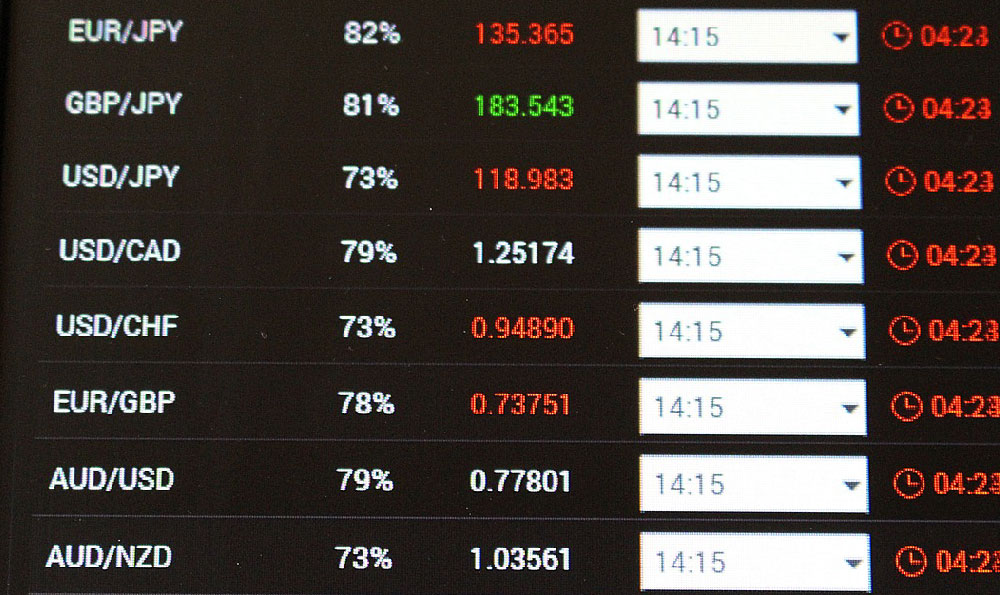
Shorting stocks, or short selling, is a sophisticated investment strategy that allows investors to profit from an expected decline in the price of a stock. While the concept might seem counterintuitive – profiting from something going down – it's a legitimate and established practice within financial markets. However, it's crucial to understand the mechanics, risks, and potential rewards involved before engaging in short selling.
At its core, short selling involves borrowing shares of a stock you believe will decrease in value. You then sell those borrowed shares in the open market. The hope is that the price of the stock will indeed fall. If it does, you can then buy back the same number of shares at the lower price (covering your short position) and return them to the lender. The difference between the price at which you sold the shares and the price at which you bought them back is your profit, minus any fees or interest you paid to borrow the shares.
Let's illustrate this with an example. Imagine you believe that shares of Company XYZ, currently trading at $50, are overvalued. You decide to short 100 shares. You borrow those shares from your broker and immediately sell them for $50 each, receiving $5,000. A few weeks later, negative news hits the market, and the price of Company XYZ plummets to $30. You then buy back 100 shares for $30 each, spending $3,000. You return those shares to your broker, completing your short position. Your profit is $5,000 (initial sale) - $3,000 (buyback) = $2,000, less any borrowing fees or commissions.

While the potential for profit is attractive, short selling is not without significant risks. One of the biggest dangers is the potential for unlimited losses. When you buy a stock long, the maximum you can lose is the amount you invested (the stock can only go to zero). However, when you short a stock, there is no limit to how high the price can rise. Theoretically, the stock price could climb indefinitely, meaning your potential losses are also unlimited. This makes managing your risk exposure paramount when short selling.
Another risk is the possibility of a "short squeeze." This occurs when a stock that is heavily shorted experiences a sudden and significant price increase. As the price rises, short sellers are forced to cover their positions by buying back the stock, which further drives up the price. This creates a feedback loop that can result in substantial losses for short sellers who are unable to cover their positions quickly enough.
Furthermore, short selling involves borrowing shares, which means you'll likely incur borrowing fees or interest. The availability of shares to borrow can also fluctuate, and your broker might demand that you return the borrowed shares at any time, regardless of whether you are ready to cover your position. This is known as a "recall" and can force you to close your short position at an unfavorable price.
So, how does one actually execute a short sale? The first step is to have a brokerage account that allows for short selling. Not all brokers offer this service, and those that do may have specific requirements, such as minimum account balances or trading experience. Once you have an eligible account, you'll need to ensure you have sufficient margin – which is essentially borrowed money from your broker – to cover the potential losses. The margin requirements for short selling are typically higher than for buying stocks long, reflecting the increased risk.
Before initiating a short position, it’s vital to conduct thorough research. Understanding the company, its industry, and the overall market sentiment is essential. Identifying companies with weak fundamentals, declining earnings, or overvalued stock prices can provide potential shorting opportunities. Technical analysis can also be helpful in identifying stocks that are likely to decline in price.
Managing your risk is crucial when short selling. Implementing stop-loss orders is a common strategy to limit potential losses. A stop-loss order automatically buys back the shares to cover your short position if the price reaches a predetermined level. This helps to prevent unlimited losses in the event of a sudden price increase. Additionally, it's wise to avoid shorting stocks that are already heavily shorted, as these are more susceptible to short squeezes. Diversifying your short positions across different stocks and sectors can also help to reduce overall risk.
Timing is also critical. Short selling is generally more effective in a declining market or during periods of economic uncertainty. Trying to short stocks in a strong bull market can be a risky endeavor, as the overall market trend is working against you.
Finally, it's important to be aware of the regulations surrounding short selling. The Securities and Exchange Commission (SEC) has rules in place to prevent manipulative short selling practices. For example, the "uptick rule" generally requires that short sales be executed at a price that is higher than the previous transaction price. These regulations are designed to protect the integrity of the market and prevent short sellers from driving down stock prices artificially.
In conclusion, short selling can be a profitable strategy, but it's not for the faint of heart. It requires a thorough understanding of the markets, meticulous risk management, and a willingness to accept the potential for significant losses. Before engaging in short selling, it's advisable to consult with a financial advisor to ensure that it aligns with your investment goals and risk tolerance. While the allure of profiting from a declining market is undeniable, it's crucial to approach short selling with caution, discipline, and a realistic understanding of the risks involved. Success in short selling depends not only on correctly predicting price declines, but also on effectively managing the associated risks and adhering to regulatory guidelines.





